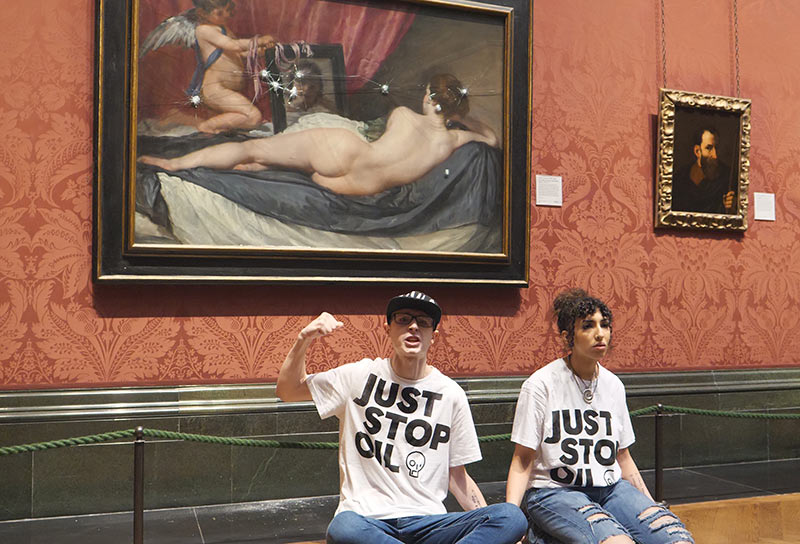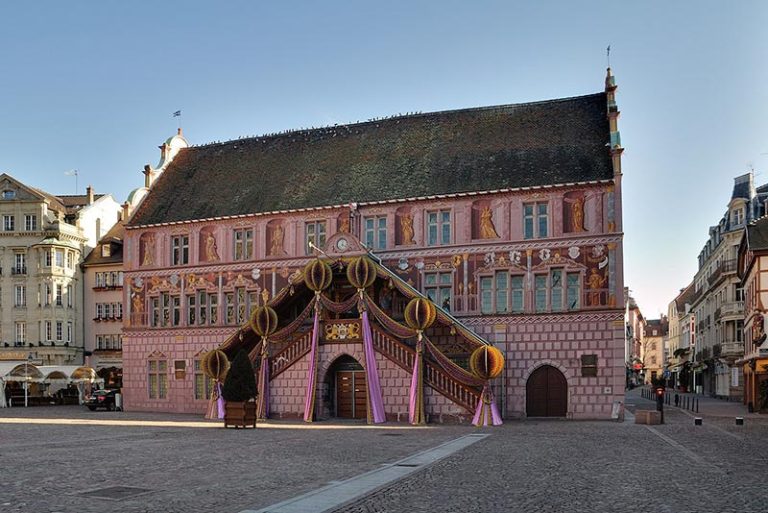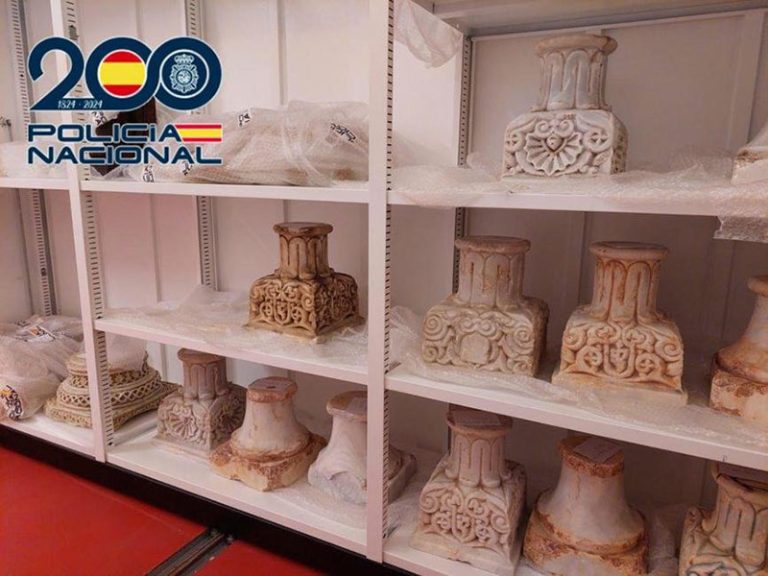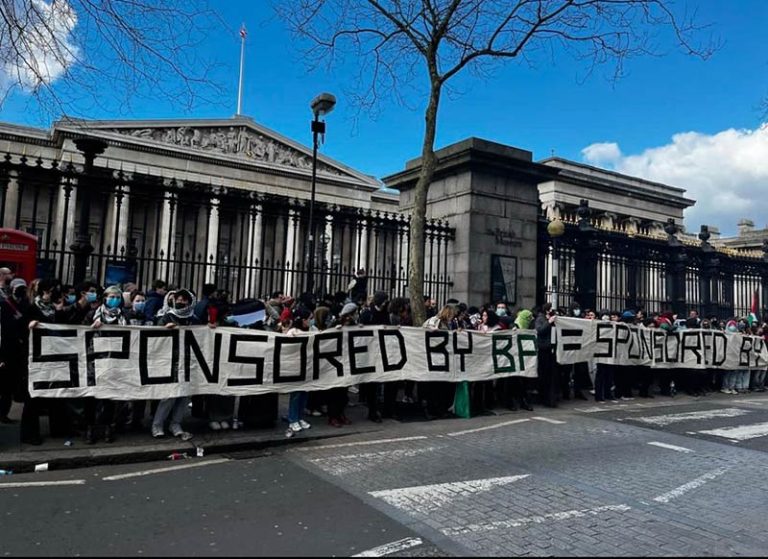London (United Kingdom). Thunderclap in the United Kingdom. While partnerships between British museums and major oil companies seemed on the verge of extinction, BP signed the coup of the century. At the end of December, the company announced a donation of 50 million pounds (58 million euros) to the British Museum. Spread over a period of ten years, this partnership is part of the museum’s “Masterplan”, its renovation plan for the historic Bloomsbury building.
Unsurprisingly, criticism came from all sides. “Terrible decision by the British Museum. Taking the money extorted by BP’s “business model”, which is devastating the countries of the South, shows that the museum has learned nothing from the past. says Jolyon Maugham, director of the Good Law Project, an organization that wants to use the law as a lever to drive change in society. “It’s climate denial!” », protests BP or not BP, which is fighting against partnerships between the oil company and cultural institutions. Culture Unstained, another group with similar goals, said it was seeking legal advice to mount a formal challenge to the partnership. “It’s astonishingly out of touch and completely indefensible. We believe this decision is illegitimate and violates the museum’s own climate commitments. »
This is not a first for the association. At the beginning of December, Culture Unstained had already filed a complaint against the partnership between the Science Museum and Adani, an Indian group specializing in electricity and linked to the oil sector. But the museum completely rejected the accusations ofartwashing of the association and defended its partnership. “We recognize that some activists have strong views on sponsorship and want a complete disengagement from entire sectors, replied a museum spokesperson. But our administrators do not share this point of view. »
A protest for fifteen years
This battle between British cultural institutions and environmental defenders has lasted for almost fifteen years. The actions of activists often take on spectacular appearances, at the risk of alienating public opinion: the glass protection of a painting broken with a hammer at the National Gallery, the Titanosaur at the Natural History Museum covered in orange powder, activists glued to a frame at the Kelvingrove Art Gallery and Museum in Glasgow…
The pressure is such that some of these campaigns are having effects. At a conference organized by the Gallery Climate Coalition in March, Frances Morris, the former director of Tate Modern, recognized the impact of eco-activists from the Liberate Tate network, created in 2010, in the museum’s thinking. In 2016, Tate became the first major British institution to end a twenty-six-year partnership with BP. Since then, others have followed.
Museums forced to find sponsors
The need for financing is at the heart of the problem. The agreement with BP shows that economic necessities are sometimes more important for museums, given low public subsidies. “The cultural budget of Berlin (7 million inhabitants) for 2024 is 947 million euros. England’s budget for culture (57 million inhabitants) for 2024 is 458 million pounds (532 million euros)”, compared, onProfessional Art and researcher at Queen Mary University of London.
The National Portrait Gallery recalls that it must seek 70% of the funds necessary for its operation outside of state subsidies. In November she was criticized for choosing law firm Herbert Smith Freehills (HSF) as the new partner for her Portrait Award, formerly sponsored by BP. However, this firm has a team dedicated… to the oil and gas sector. “HSF has been supporting the museum for twenty years. Support for the new Herbert Smith Freehills Portrait Award is an extension of this relationship,” explains a museum spokesperson.
Other voices place the debate on a moral and societal level: “It is not up to the cultural sector to judge other sectors, but rather to concentrate on their creative work,” recalls James Boyd, the author of a report on the dilemmas of institutions in finding funding, produced for the Winston Churchill Memorial Trust of Australia.
Is finding the balance between finding partners and preserving environmental commitments an impossible equation? The British Museum is almost a textbook case. Some of its buildings are more than 200 years old, and they are in poor condition: leaks and maintenance problems regularly result in the temporary closure of galleries.
The British Museum is trying as hard as it can to prove that this new partnership remains in line with its sustainability policy, signed in 2007. It has announced new plans to eliminate the use of fossil fuels in the museum and replace them with energy-efficient technologies. low carbon content. But across the Channel, no one is fooled.







